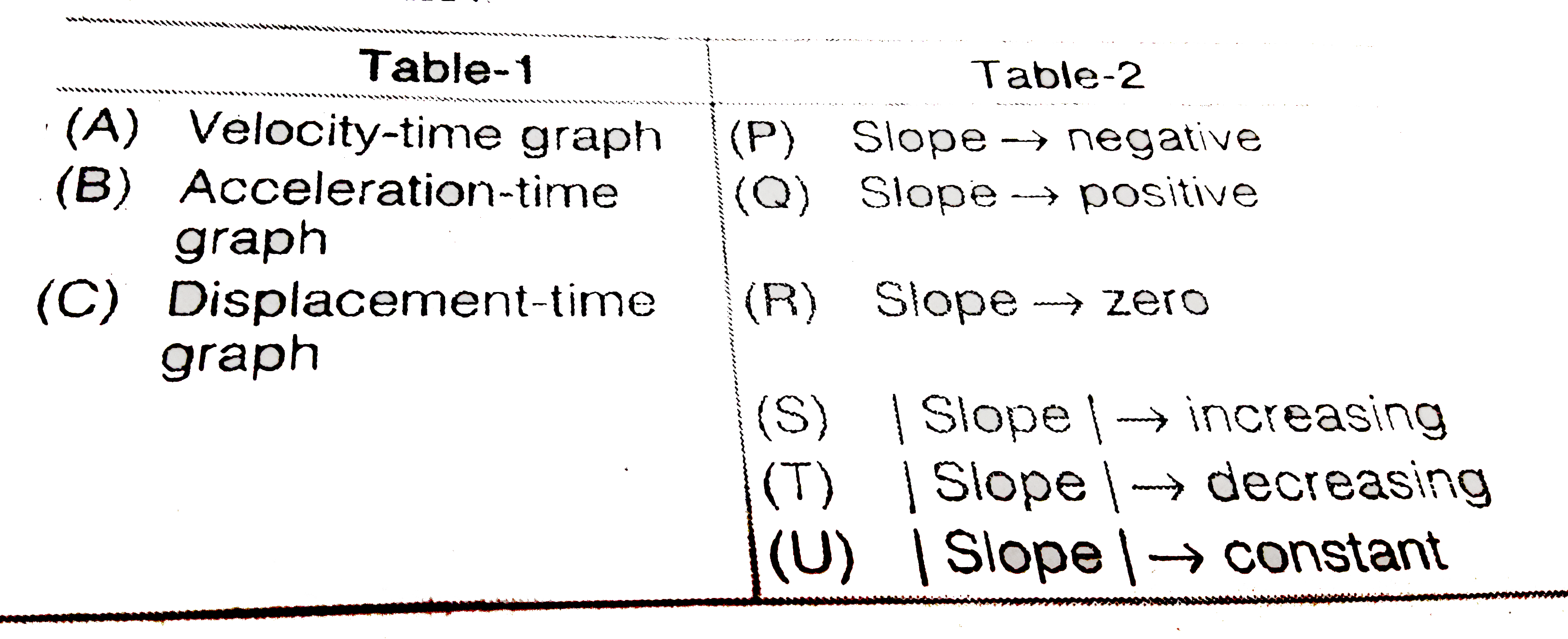Let us call a motion, A when velocity is positive and increasing A−1 when velocity is negative and increasing R when velocity is positive and decreasing and R−1 when velociyt is negative and decreasing. Now match the following two tales for the given s−t graph
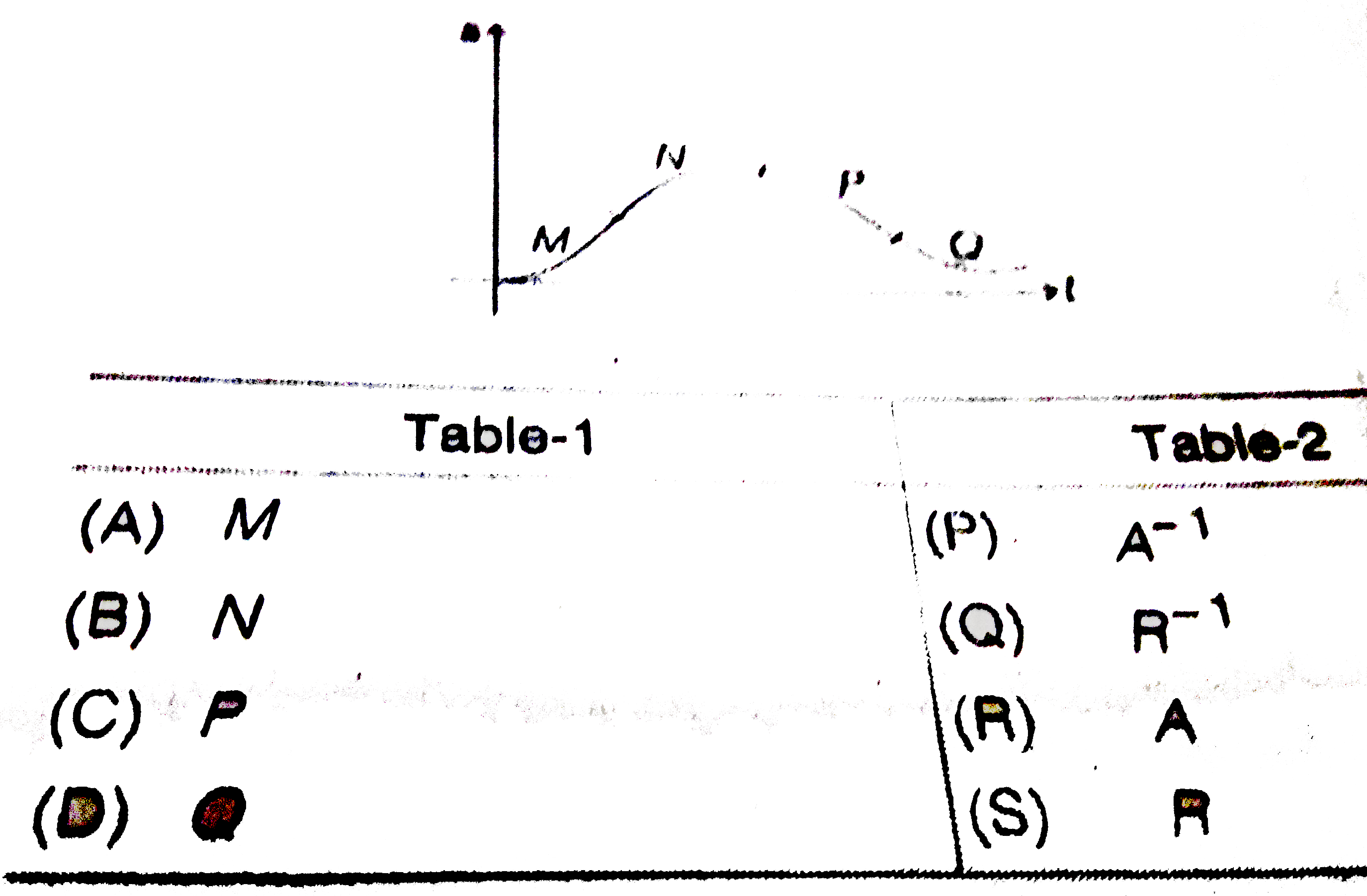
The correct Answer is:A, B, C, D
Step by step video, text & image solution for Let us call a motion, A when velocity is positive and increasing A^(-1) when velocity is negative and increasing R when velocity is positive and decreasing and R^(-1) when velociyt is negative and decreasing. Now match the following two tales for the given s-t graph by Physics experts to help you in doubts & scoring excellent marks in Class 11 exams.
Updated on:21/07/2023Topper's Solved these Questions
- KINEMATICS 1BOOK - DC PANDEYCHAPTER - KINEMATICS 1EXERCISE - INTEGER_TYPE
15 Videos
- KINEMATICS 1BOOK - DC PANDEYCHAPTER - KINEMATICS 1EXERCISE - COMPREHENSION_TYPE
19 Videos
- KINEMATICSBOOK - DC PANDEYCHAPTER - KINEMATICSEXERCISE - INTEGER_TYPE
11 Videos
- LAWS OF MOTIONBOOK - DC PANDEYCHAPTER - LAWS OF MOTIONEXERCISE - Medical entrances gallery
39 Videos
Similar Questions
Knowledge Check
Assertion: In rectilinear motion when velocity is positive distance travelled increases and when velocity is negative distance travelled decreases.
Reason: Distance is length of the path covered by a particle.AIf both assertion and reason are true and reason is the correct explanation of assertion.BIf both assertion and reason are true but reason is not the correct explanation of assertion.CIf assertion is true but reason is false.DIf assersion is false but reason is true.When height increases, velocity of sound decreases
Athis is due to decrease of pressureBthis is due to decrease in temperatureCthis is due to both decrease in temperature and pressureDstatement is wrongAssertion : In the s-t graph as shown in figure, velocity of particle is negative and acceleration is positive.
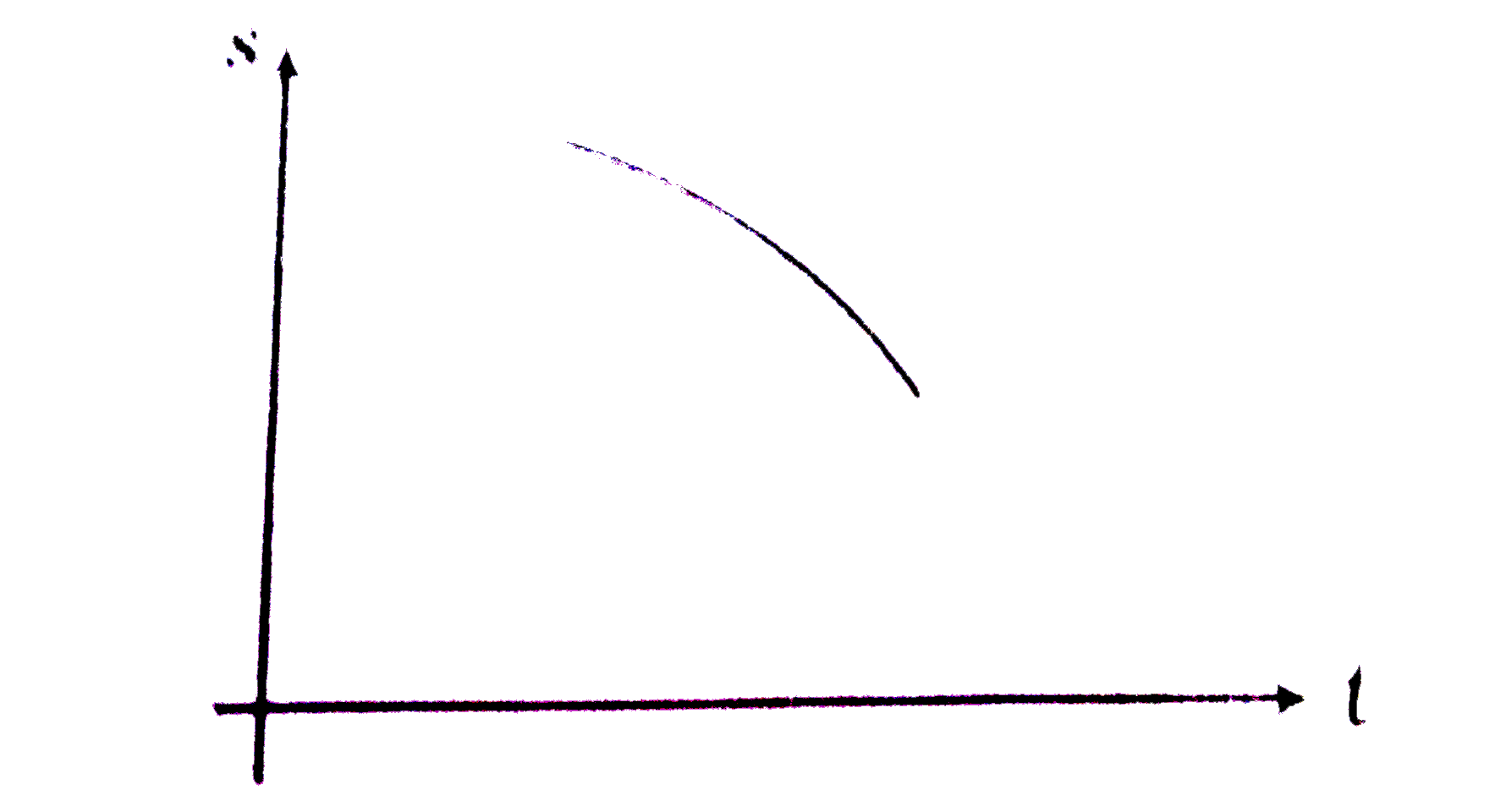
Reason : Slope of s-t graph is negative and increasing in magnitude.AIf both Assertion and Reason are correct and Reason is the correct explanation of assertion.BIf both Assertion and Reason are correct but Reason in not the correct explanation of Assertion.CIf Assertion is true but Reason is false.DIf Assertion is false but Reason is true.
Represent the velocity-time graph for a uniformly accelerated motion when acceleration is positive.
View SolutionRepresent the motion of an object in unifrom motion along a straight line when both initial distance and velocity of the object is positive .
View SolutionConsider a box with three terminals on top of it as shown in figure.
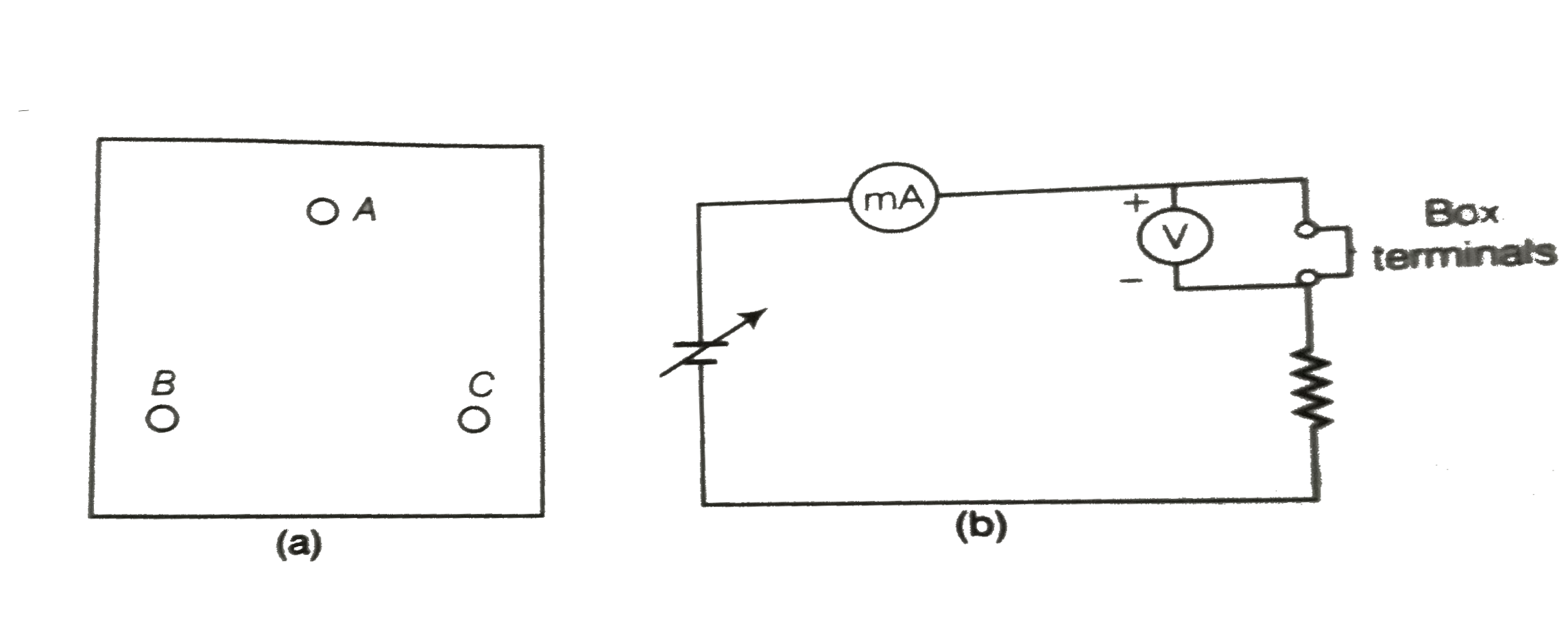
Three components namely, two germanium diodes and one resistor are connected across these three terminals in some arrangement
A student performs an experiment in which any two of these three terminals are connected in the circuit shown in figure.
The student obtains graphs of current-voltage characteristics for unknown combination of components between the two terminals connected in the circuit. The graphs are
(i) When A is positive and B is negative
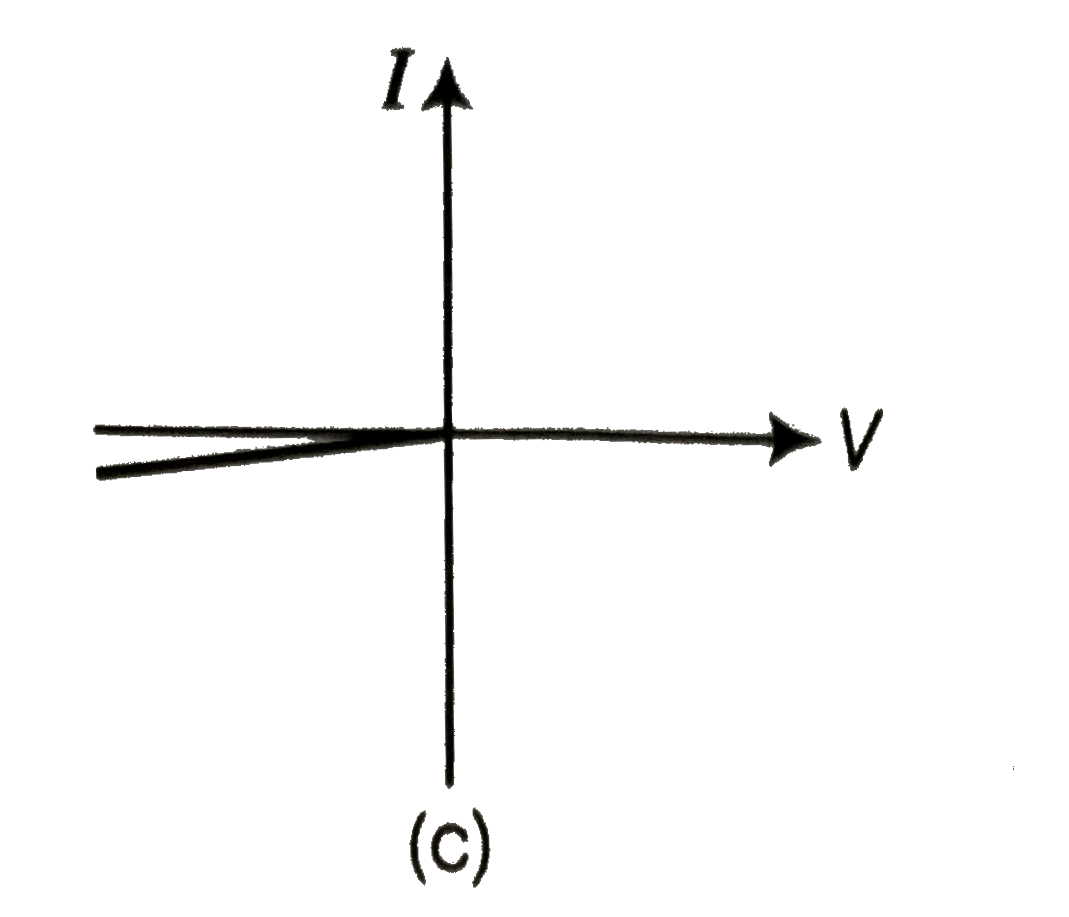
(ii) When A is negative and B is positive
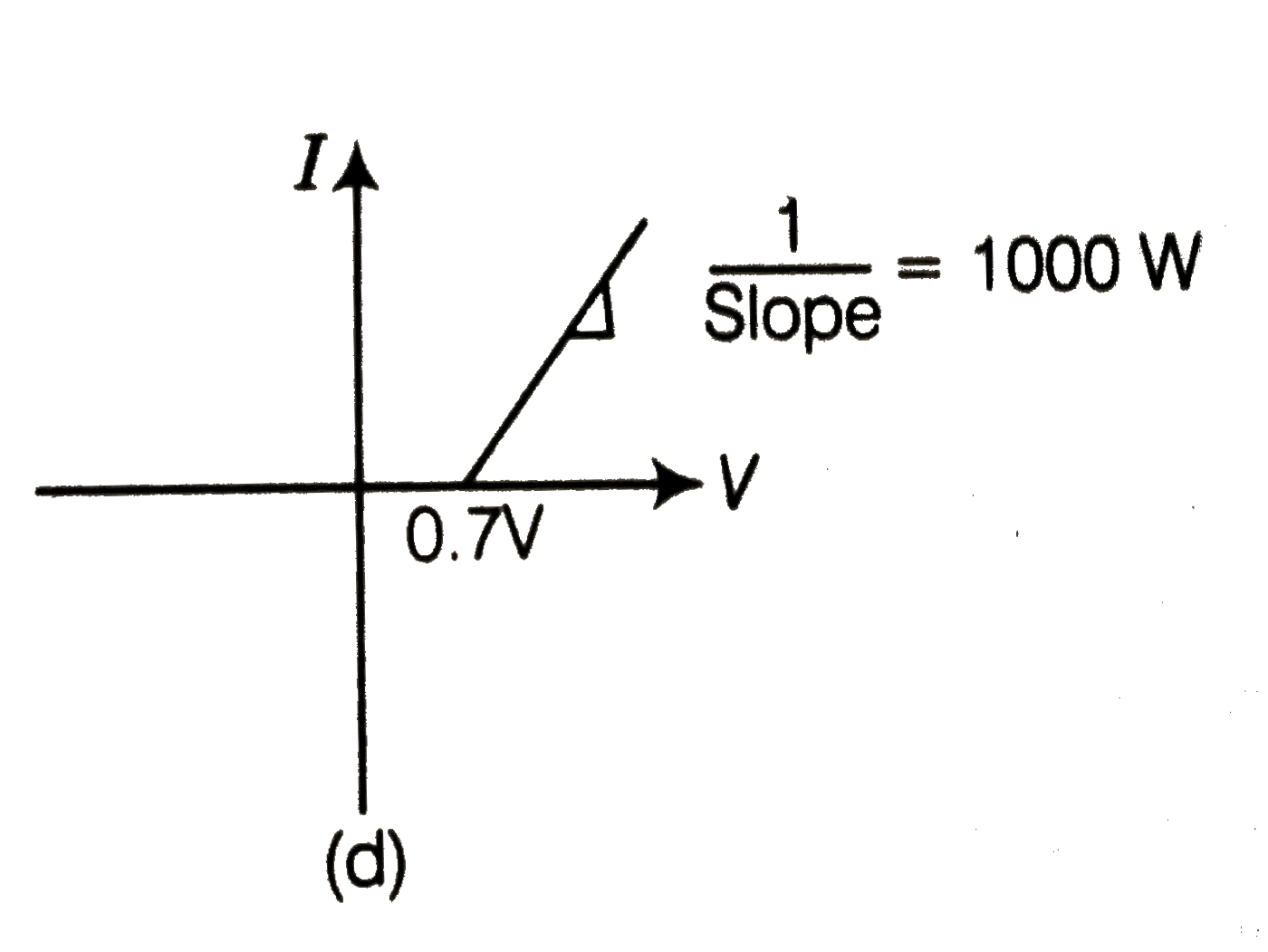
(iii) When B is negative and C is positve
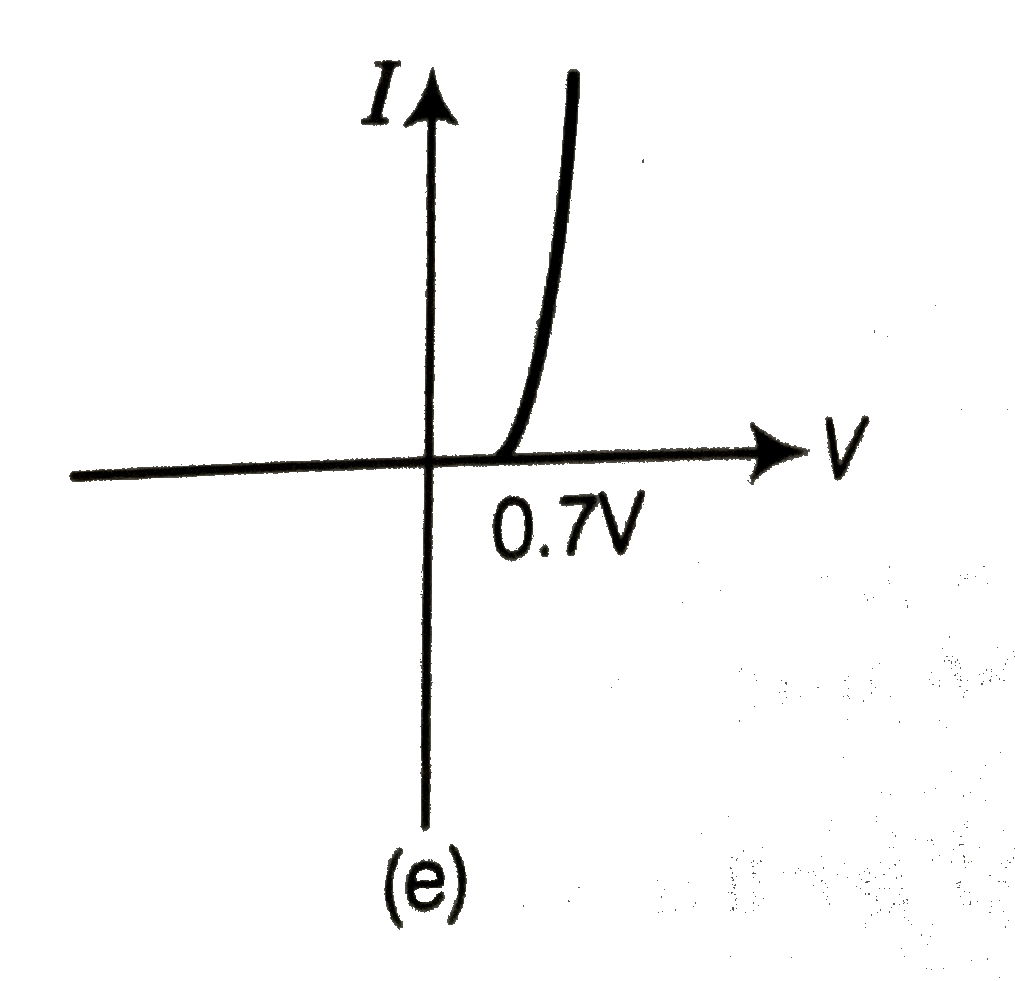
(iv) When B is positive and C is neagtive
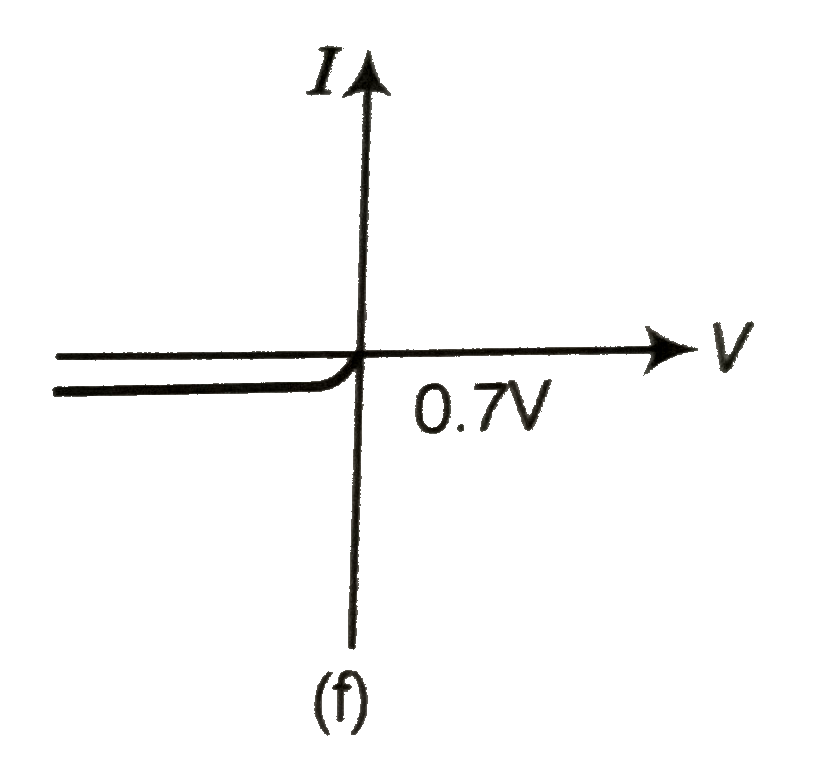
(v) When A is positive and C is negative
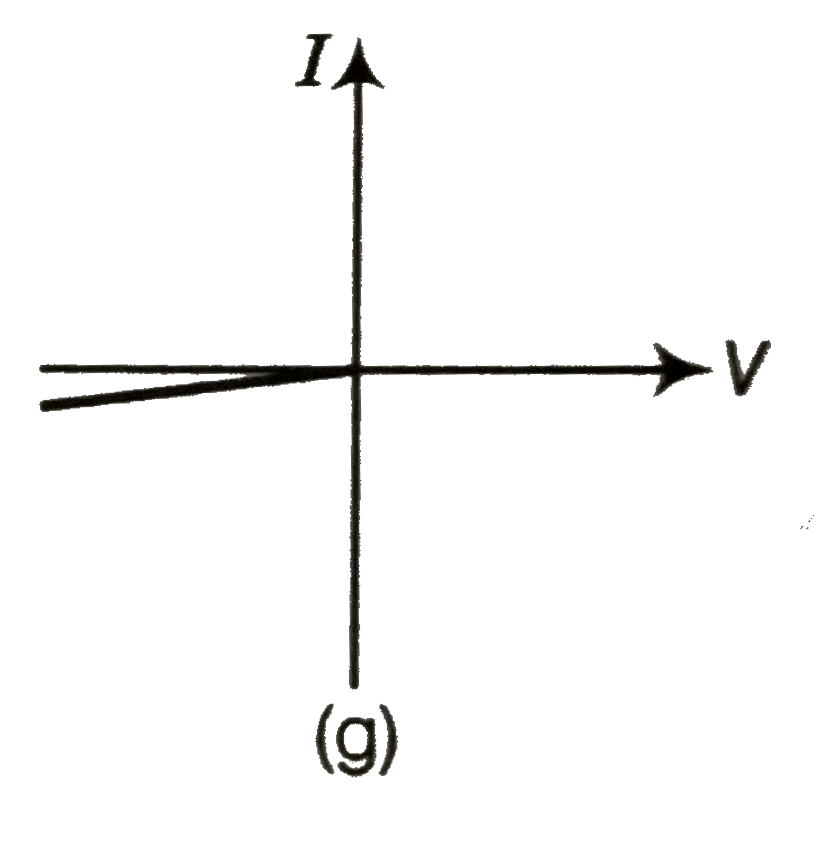
(vi) When A is negative and C is positive
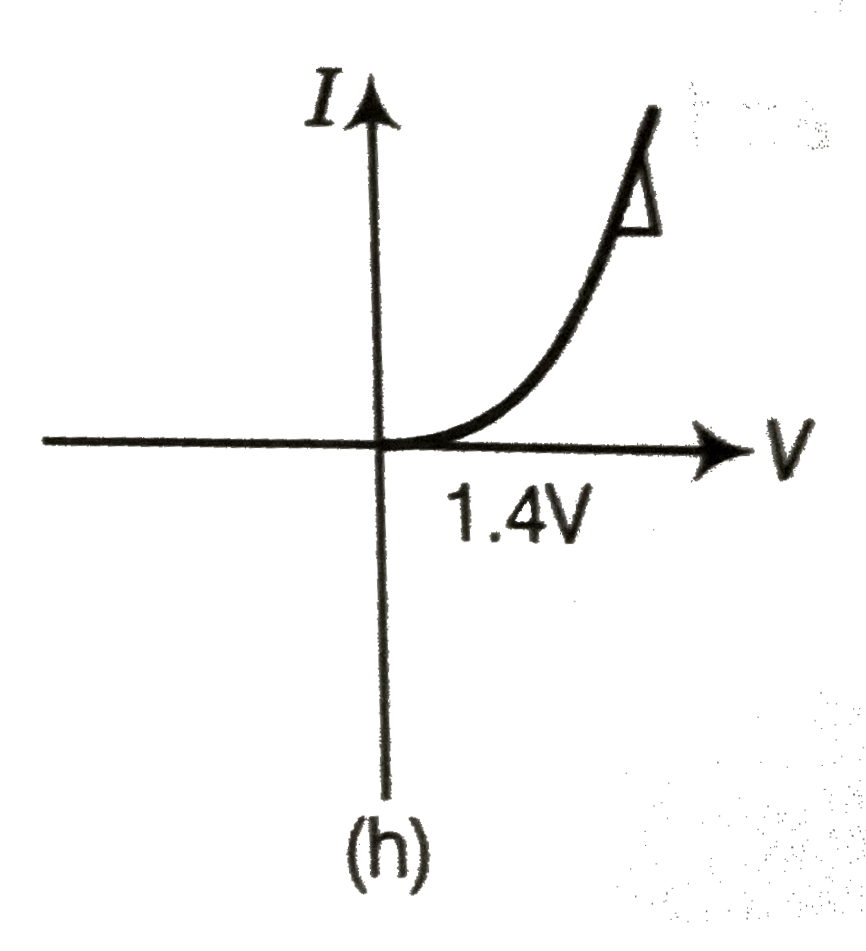
From these graphs of current − voltage characteristic shown in fig. (c) to (h) determine the arrangement of components between A, B and C.
View SolutionTwo particles are moving with velocities v1andv2 . Their relative velocity is the maximum, when the angle between their velocities is
View Solutionwhen temperature in increased by 1∘C velocity of sound in air increaeses by
View Solution

